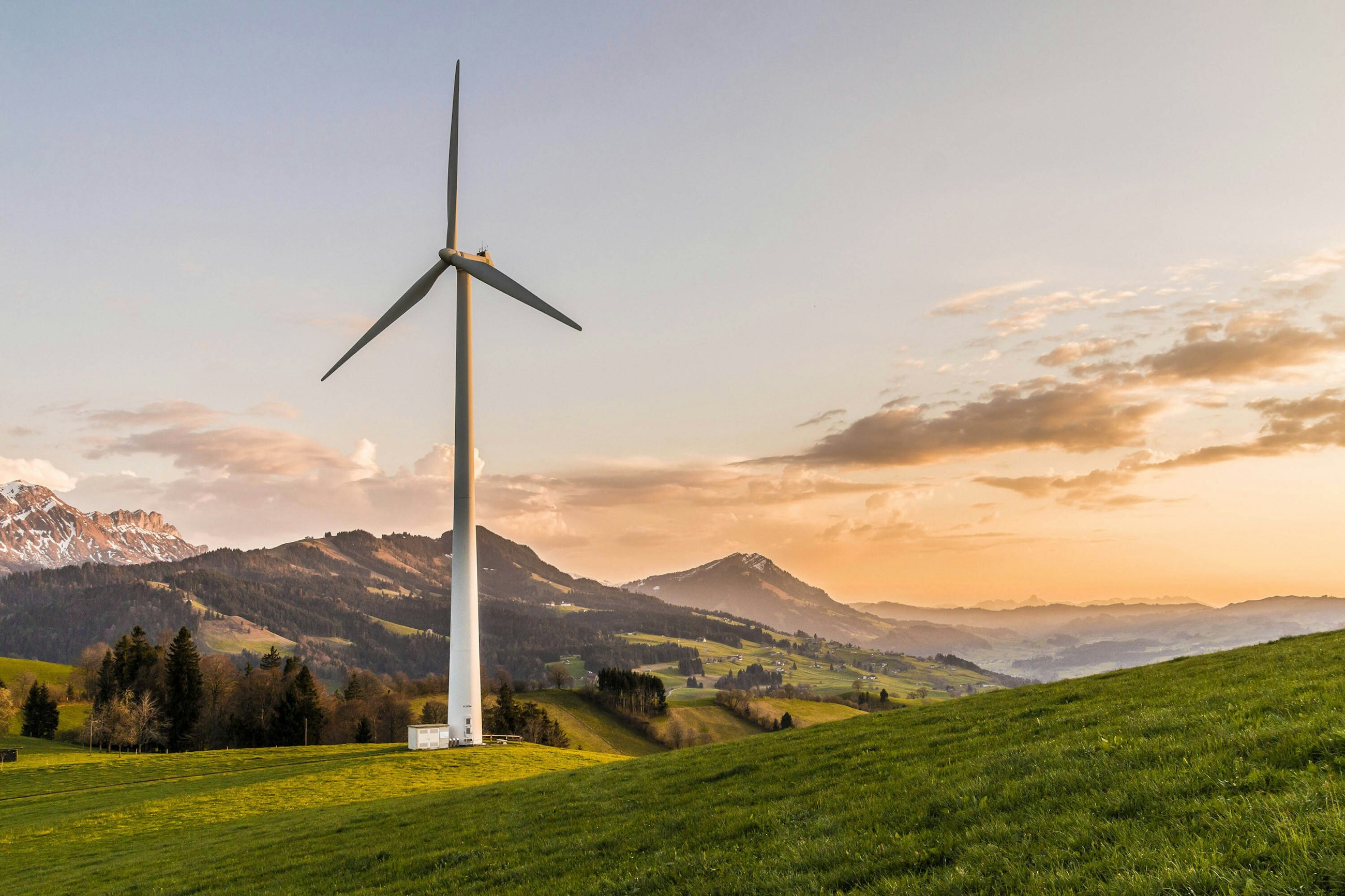Navigating the storm to net zero
24 April 2024
Through a macro-economic analysis of the European offshore wind industry and interviews with 50+ CXOs from the offshore wind industry, we explore an alternate pathway to reaching the 2030 European (EU, UK, NO) offshore wind targets of 163 GW. By adjusting the 2030 targets by three years, the European offshore wind industry has the opportunity to recover from the recent cost shocks, restore investor confidence, secure financing across the supply chain and support organic growth towards the EU’s decarbonisation goals.
The journey to net zero is one fraught with tempests, and Europe’s offshore wind industry is currently weathering one such storm. The vision for a sustainable energy future hinges on the successful expansion of this sector. Yet, recent years have cast long shadows of doubt over its ability to meet the ambitious 2030 targets set by European policymakers.
Based on the findings from our analysis of the European offshore wind build-out, this article delves into the vortex of challenges besieging offshore wind and examines their implications for Europe’s decarbonisation goals. We invite authorities, investors, developers, OEMs and sub-suppliers to take a fresh look at the way ahead.
The surge to net zero: An impossible task?
The race to decarbonisation and net zero is a marathon, not a sprint, and the European offshore wind industry is a key runner. With the European Green Deal setting a target for climate neutrality by 2050, offshore wind is expected to contribute a significant chunk of 450GW by then. The North Sea, with its favourable wind conditions and shallow waters, is the epicentre of this development, accounting for a substantial portion of Europe’s current capacity.
However, the offshore wind sector’s momentum has recently been blunted by a “perfect storm” of macroeconomic, supply chain and regulatory headwinds. A 40% hike in raw material prices since 2019 and increased capital costs due to rising interest rates have squeezed margins for suppliers and OEMs alike, leading to a spate of project delays and cancellations. The resulting cost shock has been a rude awakening, with the Levelized Cost of Electricity (LCOE) – a measure of the average net present cost of electricity generation – climbing by an estimated 34% between 2021 and 2023.
Investor confidence: The need for a transformation
Investor confidence has taken a nosedive, aggravating the industry’s woes. As financiers grow wary, securing the colossal capital injection needed to upscale production capacity becomes an uphill battle.
To achieve the 2030 ambition, a staggering 4.4-fold increase in capacity over eight years is required, which translates to an annual growth of 24% in capacity. This growth entails substantial investment across the supply chain, from blade factories to installation vessels, further straining an already beleaguered industry.
Policymakers are eager to accelerate the build-out to make up for the recent two-year setback. However, too aggressive an acceleration comes with an excessive risk of overinvestment.
A new course to net zero: A delicate balancing act
The industry’s predicament necessitates a recalibration of the pathway to 2030 and beyond. The current trajectory, if unadjusted, risks incurring an additional €200 billion compared to a smoother, more consistent build-out, potentially delaying the 2030 target by three years.
By delaying the 2030 target to 2033, the industry will only be required to increase capacity by five times deliveries (instead of eight times) over 12 years, providing a more organic growth towards 2050, one that would see the industry survive and thrive rather than dissipating out.
This calls for a delicate balancing act – one that prioritises investor confidence, streamlines the supply chain and harmonises innovation with capacity growth.
Specifically, it requires the following:
- The European offshore wind industry must deal with the immediate cost shock.
- The industry must restore investor confidence and secure financing across the value chain.
- An organic build-out requires reducing time to first power, developing the supply chain and addressing the innovation race.
The ripple effects on net zero
The tumult in the offshore wind sector has significant repercussions for Europe’s net-zero aspirations. The energy transition to renewables is a critical component of the continent’s decarbonisation strategy, and any setback in offshore wind deployment can hinder progress.
The current scenario underscores the need for a more concerted effort by policymakers, investors and industry players to navigate the rough seas and steer Europe back on course to a sustainable, carbon-neutral future.
In conclusion, the offshore wind industry’s current woes present a formidable challenge to Europe’s net-zero goals. Yet, with strategic redirection and robust collaboration, the industry can still chart a viable course through the storm, ensuring that the sustainability, decarbonisation and energy transition objectives remain within reach.
The journey to net zero is undeniably complex, but with collective resolve and innovation, Europe can harness the winds of change to power a greener tomorrow.
Reports
Storm in Shallow Waters
The offshore wind industry has struggled with supply issues, cost increases, and a disconnect between political ambitions and commercial realities. This puts the achievement of the 2030-targets at risk and requires a new and viable pathway to 2050.
The report Storm in Shallow Waters explores ways to unlock the European offshore industry from the current gridlock of high inflation, increasing risk, and surging costs. It argues that to close the gap towards 2030 targets EU government and industry must:
- Deal with the immediate cost shock
- Restore investor confidence and secure financing
- Reduce time to first power and mitigate supply chain bottlenecks
The report on Europe’s Offshore Wind Industry, Storm in Shallow Waters is produced by Implement Consulting Group.
Download the report here
Beyond the Storm
The report Beyond the Storm, builds upon Storm in Shallow Waters, and it explores concrete actions for the offshore wind industry and governments of EU Member States necessary to renew and deliver on the offshore wind build-out ambitions toward 2030 and 2050.
Aware that the European Offshore Wind industry might not meet the EU 2030 targets, the report focuses on clear recommendations for:
- Accelerating regulatory and financial measures
- Increase collaboration and industry coordination
- Boost supply chain and capacity building.
The report is based on extensive engagements with industry CxOs combined with deep industry expertise at our Energy & Climate practice at Implement Consulting Group.






